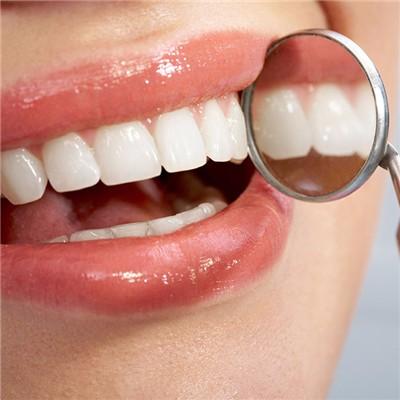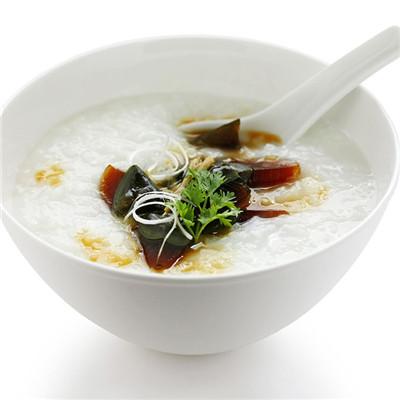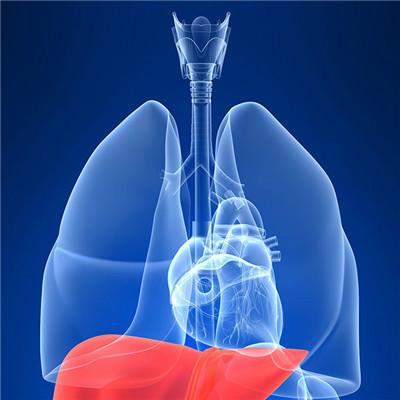What is the cause of primary purpura?
summary
Primary thrombocytopenic purpura is an immune syndrome and a common hemorrhagic disease. It is characterized by the presence of antiplatelet antibodies in the blood circulation, causing excessive destruction of platelets and purpura; The megakaryocytes in bone marrow were normal or increased and immature. Clinically, it can be divided into acute and chronic, and their pathogenesis and manifestations are significantly different. What is the cause of primary purpura?
What is the cause of primary purpura?
The acute type usually occurs after the recovery of acute viral upper respiratory tract infection, suggesting that thrombocytopenia is related to the immune response to the primary infection. It may form antigen antibody complex in vivo after infection, and bind to Fc receptor on platelets through Fc fragment on antibody molecule. Platelets with immune complexes are easy to be destroyed in the monocyte phagocytic system, resulting in thrombocytopenia. This phenomenon has been confirmed in vitro, so it can be considered as an immune complex disease. Another theory is that infection changes the structure of platelet membrane and makes it antigenic, resulting in the production of anti platelet antibodies (autoimmune diseases). Or the antiviral antibody has cross immune response to platelet membrane antigen. These hypotheses have yet to be confirmed.
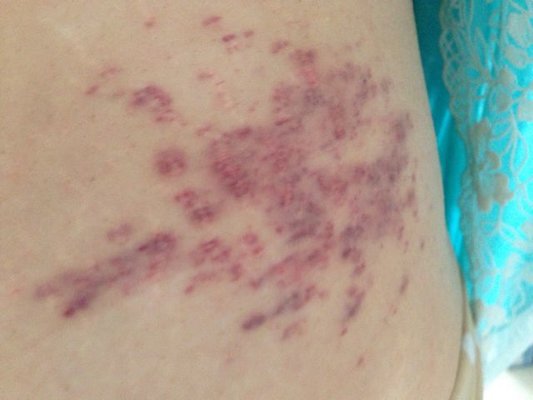
About half of the patients with chronic type have antiplatelet antibodies in their serum, which belong to immunoglobulin G, m, a, C3, C4 and so on, and IgG is the most common. Platelet surface can also bind immunoglobulin, which is called platelet surface associated immunoglobulin (PAIg). It is generally believed that PAIgG may be a real antiplatelet antibody, which binds to platelet specific antigen through Fab fragment of its IgG molecule, and then to macrophage receptor through Fc fragment, causing platelet phagocytosis and destruction. If the amount of IgG binding on the surface of platelets is large, it can form IgG double body and activate complement. FC and C3b receptors on macrophages play a synergistic role, and platelets are more likely to be destroyed. PAIgG level was positively correlated with the disease. Platelets and megakaryocytes have the same antigenicity, and megakaryocytes can be destroyed directly. Platelet membrane glycoprotein (GP) Ⅱ B / Ⅲ a may be the associated antigen of antiplatelet antibody in ITP patients.

The spleen factor was detected by in vivo scintillation scanning. About 59% of the binding antibodies and platelets were destroyed in the spleen; About 14% of them were destroyed in the liver, mainly in platelets with large amount of binding antibodies, so the latter was more common in severe cases. In addition, spleen is also the main site of autoantibody synthesis. Estrogen can inhibit the formation of platelets and promote the phagocytosis of monocyte macrophages to binding antibody platelets.
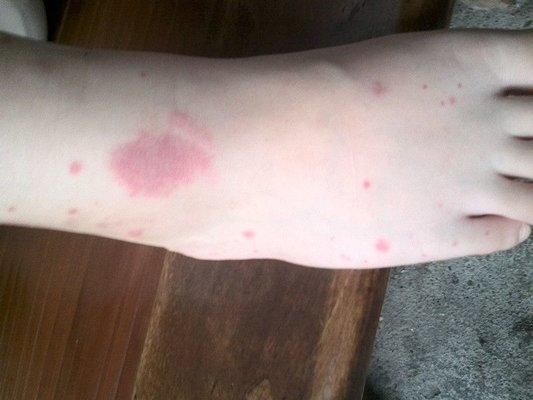
matters needing attention
1. Actively participate in sports activities, enhance physical fitness, improve disease resistance. 2. Pay attention to prevent respiratory tract infection, measles, chickenpox, rubella, hepatitis and other diseases, otherwise it is easy to induce or aggravate the disease. 3. In the acute stage or when there is a large amount of bleeding, stay in bed, limit the children's activities, and eliminate their fear and tension. 4. Avoid the collision of fall and fall, so as to avoid bleeding. 5. The platelet count is less than 20 × In order to prevent all kinds of trauma and intracranial hemorrhage, we should closely observe the changes of the disease. 6. The diet should be light, nutritious and easy to digest. Hematemesis, hematochezia should be into half flow diet, avoid hard food and crude fiber food. Avoid spicy food. Children can usually eat more peanut kernel with clothes, red dates and other food[


